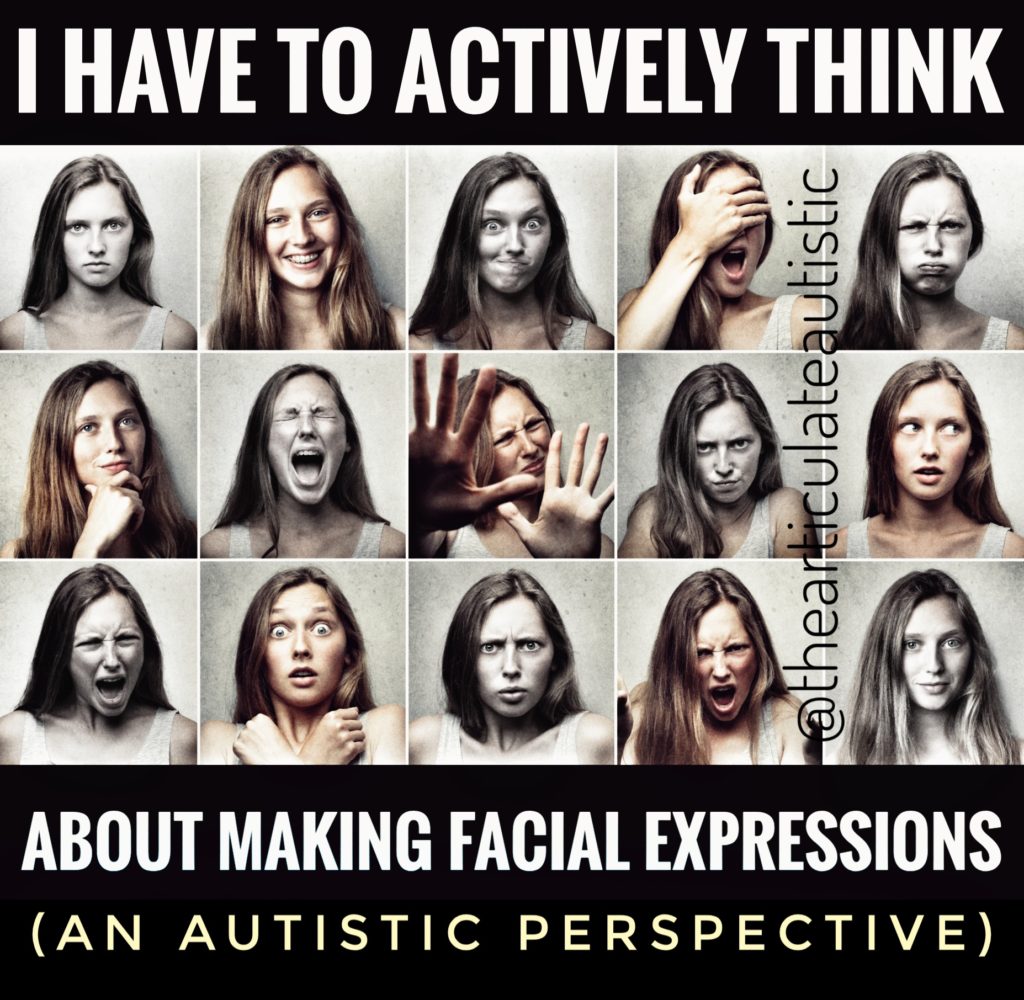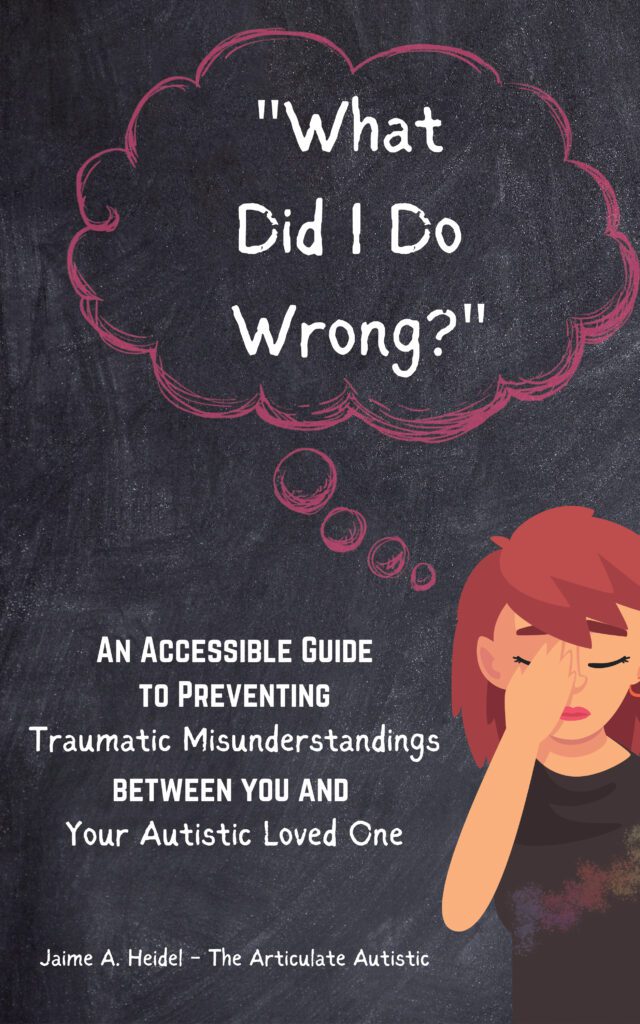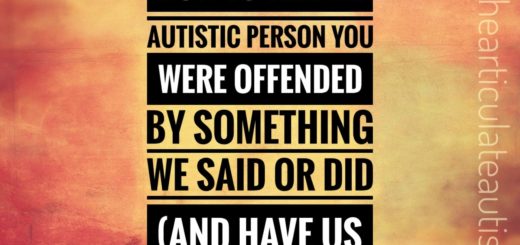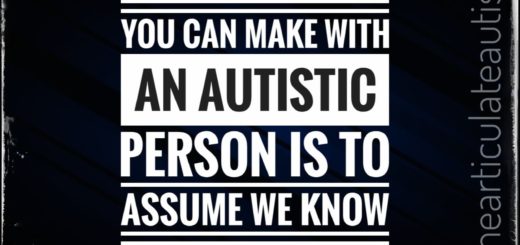I Have to Actively Think About Making Facial Expressions (An Autistic Perspective)

A while back, I had a dawning realization that I confirmed with a group of neurotypical people.
I asked them something to the effect of:
“Does your face automatically make the corresponding facial expression when you feel an emotion, or do you have to think about it and purposefully move the muscles in your face to a memorized position based on the emotion you’re feeling?”
I might as well have asked:
“Do butterflies regularly fly out of your nose?” for all the sense my question made to them.
To my shock, the neurotypical people I asked all said that they never even thought about making facial expressions. They would feel an emotion, and the corresponding expression would just appear on their face. It was as easy and as natural as breathing to them!
Not to me and many other autistic people, come to find out.
That whole “emotionless, expressionless face” that is thought of in relation to neurodivergent people is only half right. The emotions are there, but it’s almost as though our brain doesn’t tell our facial muscles to make the right expression, so, until we learn that this is unacceptable and even offensive by neurotypical standards, and we begin to mask, many autistic people have what appears to be a “blank” look whether we are happy, sad, excited, angry, etc.
This can lead to loads of misunderstandings between the neurotypes because so much of neurotypical communication relies on non-verbal language. Autistic people, by contrast, use words, either spoken, written, or communicated through pictures or symbols to equal effect.
In other words, when we say something, we say what we mean, and we mean what we say. We also often expect others to do the same, so it’s very confusing to us when misunderstandings happen when we believe we are being quite clear with our words.
So, if your autistic loved one tells you they are happy, sad, excited, angry, etc., their faces may not reflect that, so it’s very important to take their words at face value (no pun intended).
A really good example of this is when you, a neurotypical person, do something nice for us such as give us a gift or take us out somewhere. Our facial expression may say we are bored and disinterested, but if our words (or other forms of communication) tell you the exact opposite, believe our words.
Being told you’re ungrateful, bored, rude, snobby, etc., when you’re feeling and trying to convey a positive emotion is not only confusing and disheartening, it’s traumatic and can induce PTSD over time.
Better learn how your autistic loved one thinks, feels, and processes the world around them by clicking the link below and picking up your copy of my book, “What Did I Do Wrong?”




I think flat affect on the spectrum is often a side effect of stim suppression as it’s also used to express emotions. For example, happy hands flapping.
It’s possible that when autistic people express emotions, it surprises others that we learn to be extra cautious even when expressing positive emotions that we get blank faces. Perhaps we looked overly excited, smiled too wide, or the timing of emotional expression was off.
Interesting. I never thought of it this way!